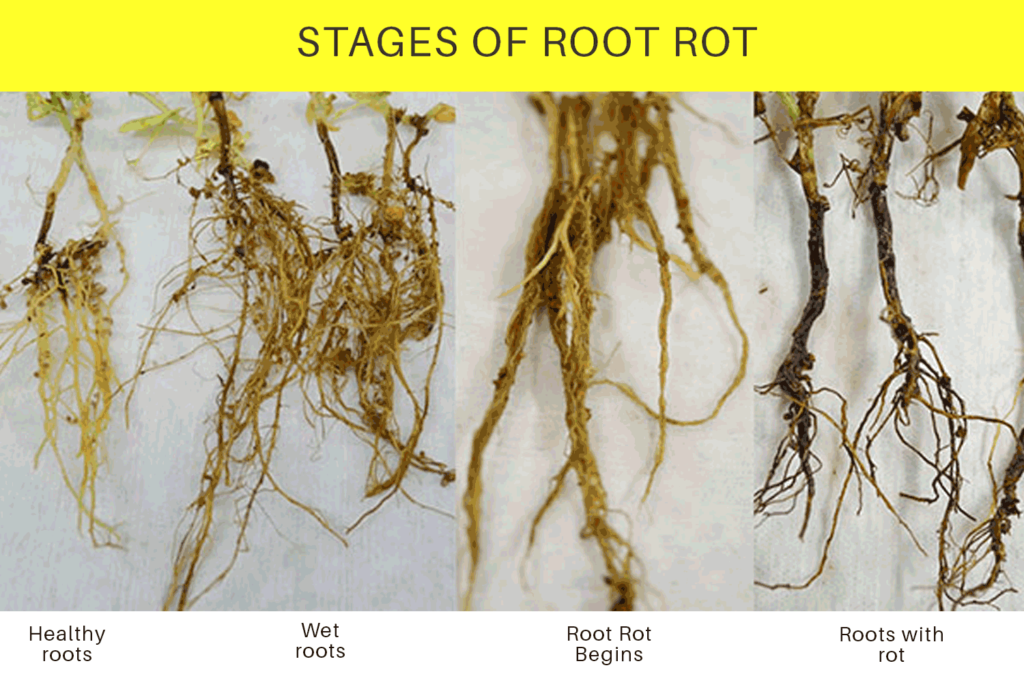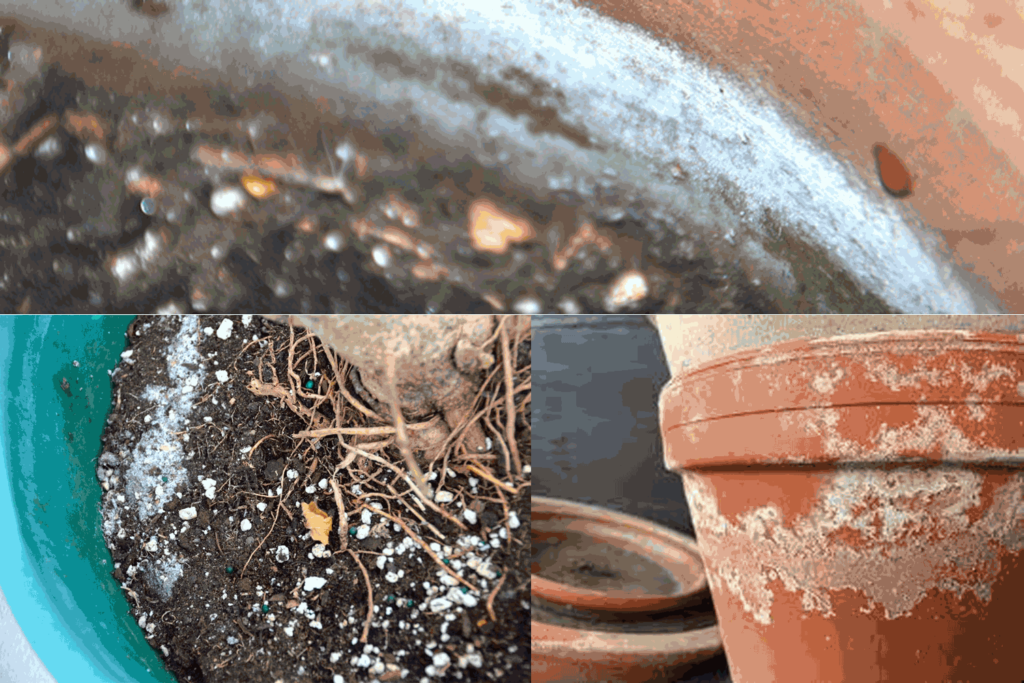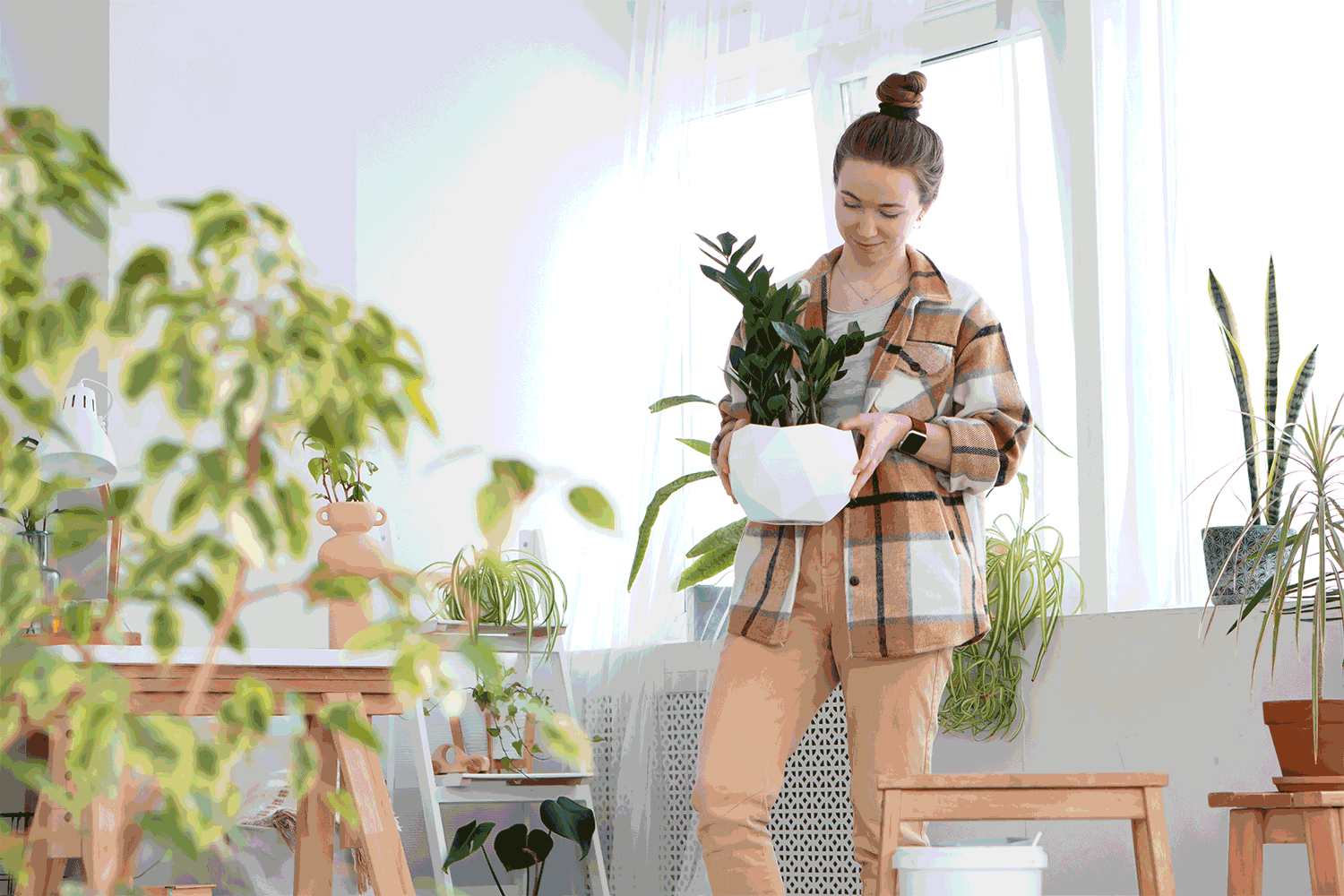In short, Proper drainage is a fundamental aspect of plant care.
Having a hard time with a new house plant, does it look like it may be taking strain, are its leaves yellowing or is it just simply not growing like you expected it would? Have you tried watering it, again and maybe again, in the hopes that it may miraculously pick up? Then you may be experiencing a drainage problem. In this blog, we will discuss everything you need to know about drainage or indoor plants and why it’s important, especially for those of us who LOVE our plants to death.
Why is drainage important?
without proper drainage, your plant will encounter a number of problems. Drainage is an essential part of the health and well-being of your indoor and outdoor plants’ environment. New plant parents may want to love and fuss over their plants, watering them often. It is somewhat therapeutic after all. However, the watering process without drainage can be devastating to your plant’s health.
What issues will you encounter if your plants don't have Adequate drainage?
There are many issues that can arise from a lack of drainage and some of the most common are root rot, unhealthy microbiomes in soil and salt build-up in the plants container.
Root Rot issues
Root rot is a common and destructive plant disease caused by various fungi that infect a plant’s root system, leading to the deterioration of the roots. This fungal infection impairs the plant’s ability to absorb water and nutrients, eventually resulting in wilting, yellowing of leaves, and overall poor growth.

Good Drainage Oxygenates Roots
Adequate drainage for indoor plants allows oxygen to reach the roots of the plant. Plant roots need oxygen to carry out essential metabolic processes like respiration and nutrient uptake. Without proper drainage, the soil can become waterlogged, suffocating the roots and hindering their ability to function.
Drainage Reduces Salinity Build-up in pots
When water is not allowed to drain freely from the soil, minerals and salts can accumulate in the potting mix over time. This build-up of salts can become toxic to the plant, leading to nutrient imbalances and poor growth. Proper drainage helps prevent salinity problems. Salt Build-up can be seen as whitish or yellowish marks on the inner or outer part of the plant’s pot, above, below or on the soil. – As illustrated below.

Drainage Promotes Healthy Microbial Activity
Well-drained soil promotes the activity of beneficial microorganisms that break down organic matter and help create a healthy, nutrient-rich soil environment. In waterlogged soil, these microbes may struggle to thrive, which can negatively impact the overall health of the plant and may even inhibit the plant’s ability to absorb essential nutrients.
What are over watering symptoms?
Overwatering is a common issue in houseplants and can manifest in various symptoms. One of the most noticeable signs is wilting, which may seem counterintuitive since it’s often associated with underwatering. However, overwatered plants often develop limp and drooping leaves because excessive moisture in the soil suffocates the roots, hindering their ability to take up oxygen. Additionally, you may observe yellowing leaves, especially in the lower part of the plant, as overwatering can lead to root rot and nutrient deficiencies. Mushy, brown roots and a musty odor in the soil are also indicators of this problem. To address overwatering, it’s crucial to adjust your watering habits and ensure the plant’s root system has a chance to dry out between waterings.
What to do if your plants need more Drainage?
If your plants require better drainage to prevent issues like root rot, here are some steps you can take:
- Choose the Right Pot: Ensure your plant is in a container with drainage holes. If it’s not, consider repotting it into a container that has proper drainage.
- Use Well-Draining Soil: Select a high-quality potting mix designed for your specific type of plant. Many plants, especially succulents and cacti, benefit from soil mixes that allow water to pass through quickly.
- Elevate the Pot: Place a layer of rocks or potting shards at the bottom of the pot before adding soil. This helps create a space for excess water to collect without saturating the roots.
- Add Perlite or Sand: Mix perlite, sand, or other amendments into the soil to improve aeration and drainage.
- Monitor Watering: Be mindful of your watering habits. Allow the soil to dry slightly between waterings, and make sure water isn’t pooling in the saucer beneath the pot.
- Raise the Pot: Elevating the pot on pot feet or adding wooden blocks underneath can help improve airflow and drainage.
- Repot If Necessary: If your plant is suffering from chronic overwatering and root rot, it may be necessary to repot it into fresh, well-draining soil.
- Prune Affected Roots: If your plant has already developed root rot due to poor drainage, trim away the affected roots, powder it in rooting hormone, allow the plant to dry, and then repot it into fresh soil.
- Consider a Terracotta Pot: Terracotta pots naturally wick away excess moisture, making them a good choice for plants that are prone to overwatering.
Need help taking care of your indoor/office plants?
If you find yourself in need of expert assistance in nurturing and maintaining your indoor or office plants, don’t hesitate to reach out to All Scape Services. Our team of dedicated professionals specializes in indoor plant care and maintenance, ensuring your green companions thrive and enhance your living or working space. Let us bring life and vibrancy to your surroundings – contact us today to discover how we can help your indoor plants flourish and thrive. Your plants deserve the best, and we’re here to provide it.

